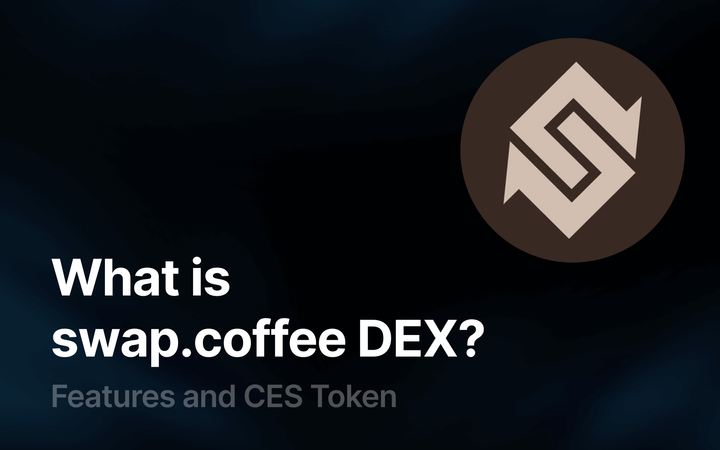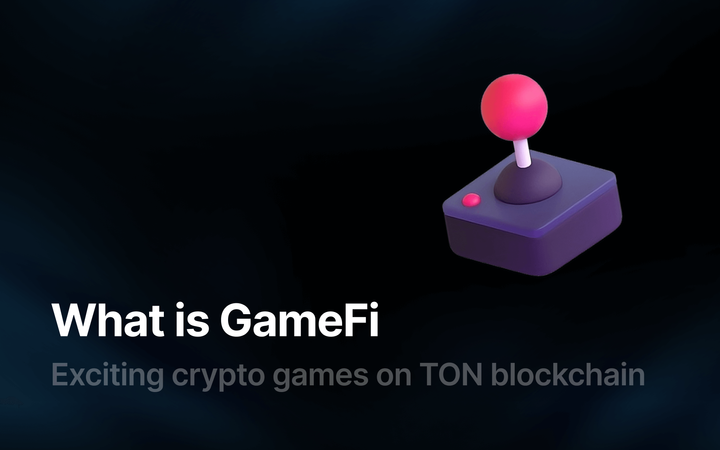The Visionaries Behind TON: Key Figures Driving the Open Network Blockchain

The History of The Open Network (TON)
The Open Network (TON) was initially the brainchild of the Durov brothers, envisioned as a blockchain platform integrated with Telegram. In 2018, Pavel Durov, the founder of Telegram, decided it was time to address the challenges faced by older blockchains like Bitcoin and Ethereum - specifically, low transaction speeds and scalability. This marked the beginning of the TON project.
The ambitions were grand: TON was to become a revolutionary blockchain platform capable of comfortably supporting millions of users and hundreds of new services, from cryptocurrency transactions to smart contracts and decentralized applications. The project quickly garnered attention and became one of the largest ICOs in history, raising around $1.7 billion during its presale.
However, in 2020, fate took a harsh turn for the project when the U.S. Securities and Exchange Commission (SEC) accused Telegram of illegally selling tokens. This was a significant setback, forcing Pavel Durov to shut down the project. Investors received their money back, but the story of TON did not end there. A community of developers picked up the torch, and TON continued its development - this time, without Telegram.
You can explore the history of TON in more detail in this article.
In this article, we will explore the people behind the creation and evolution of The Open Network, those whose efforts transformed it into an independent and ambitious project.
Key Figures in The Open Network
Nikolai Durov

Nikolai Durov is much more than just "Pavel's older brother"; he has been a mathematical prodigy since childhood. Imagine ten-year-old Nikolai solving cubic equations, making waves on Italian television! By the mid-90s, his name was already known in scientific circles. In the early 2000s, he and his Russian team won the ACM ICPC, the World Programming Championship.
With two Ph.D. degrees - one from the University of Bonn - his work on VKontakte and Telegram, and ultimately on The Open Network (TON), Nikolai revealed his engineering genius. He developed the architecture of TON, tackling challenges that other blockchains couldn’t resolve. The asynchronous transaction processing system and network auto-scaling capabilities are his signature.
The project’s key elements - security, decentralization, and, of course, speed - are all thanks to Nikolai. He also developed MTProto, the encryption protocol for Telegram, which served as the technical foundation for TON. Nikolai didn’t just write code; he built an architecture that allowed the network to process millions of transactions and scale automatically. This was a breakthrough for the blockchain industry.
TON’s technical architecture - asynchronous transaction processing, automatic scaling, and a distributed structure - was all due to Nikolai Durov. These innovations opened new possibilities for the TON ecosystem, enabling DeFi, smart contracts, and even NFTs to function seamlessly.
When it comes to TON, Nikolai is the brains behind the operation. Without his technical genius, TON would not be the high-performance blockchain ready for mass adoption and integration into everyday digital life.
Steve Yun
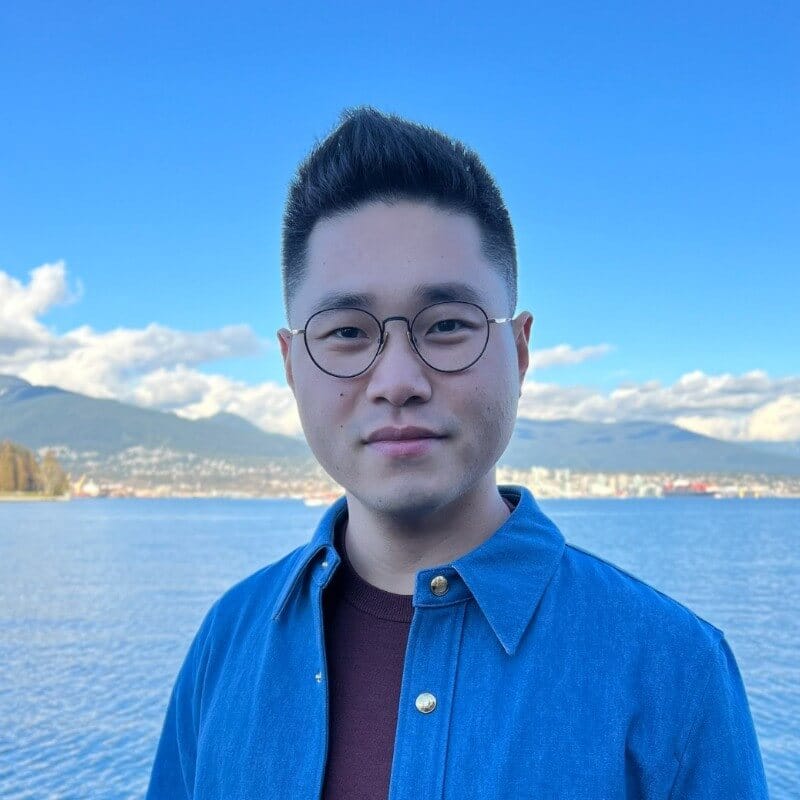
Steve Yun is the quiet yet confident force driving TON forward. Currently the president of the TON Foundation, his strategies are actively pushing the ecosystem forward. His journey with TON began in 2017 when he joined as an independent strategist. Once he became part of the project, it became clear that his contribution was not temporary but long-term and significant.
In 2021, Steve became one of the co-founders of the TON Foundation, and by 2023, he officially assumed the role of president. If anyone thinks his responsibilities ended there, they’re mistaken. He has not only built the blockchain’s development strategy but also forged strong partnerships with international partners and investors. Thanks to his efforts, TON has reached new horizons.
Before entering the crypto industry, Steve worked in the nonprofit sector, leading volunteer and educational programs. He served as the Director of Mobilization and Field Operations at InterCP, where organizing global projects, building teams, and leading them to success became second nature. Naturally, this experience proved invaluable when he started managing TON’s global initiatives.
Steve Yun isn’t just a manager. His role is to create strategies that position the blockchain on a global scale. He’s literally opening TON to the world, demonstrating how its technologies can become the key to a new future.
Justin Hyun
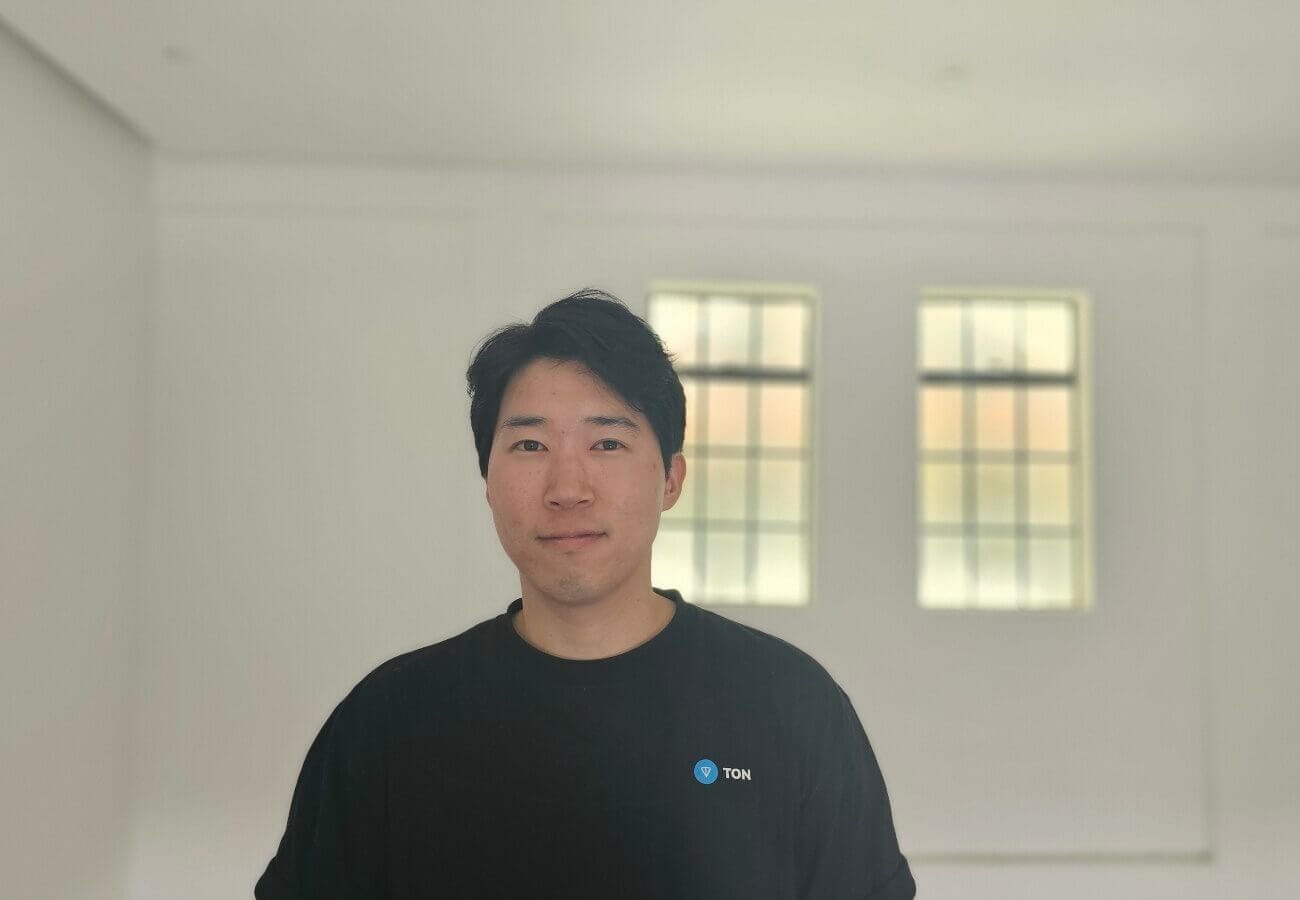
Justin Hyun is someone who doesn’t jump onto every new crypto hype. His interest in crypto began during the ICO boom of 2018, but even then, he sought something more profound, something that would endure beyond the latest trend. In 2021, he found his place in the TON Foundation - a project that fully aligned with his vision of a decentralized future.
By 2022, Justin became the head of the Incubation Department at TON Foundation, responsible for building an ecosystem around the project and creating a transparent strategy for the foundation. Practically, this meant improving documentation and running grant programs to support talented developers.
Not only does he organize hackathons and educational events for developers, but he also negotiates with leading exchanges and venture funds. Partnerships with giants like Huobi, KuCoin, and EXMO through the TON Coin Fund bring investments that help develop the TON ecosystem.
For Justin, it’s not just about advancing the technology but building a community around it. His goal is to make TON accessible for everyday use, especially in emerging economies like India and Turkey, where cryptocurrencies are becoming essential financial tools.
Andrey Rogozov
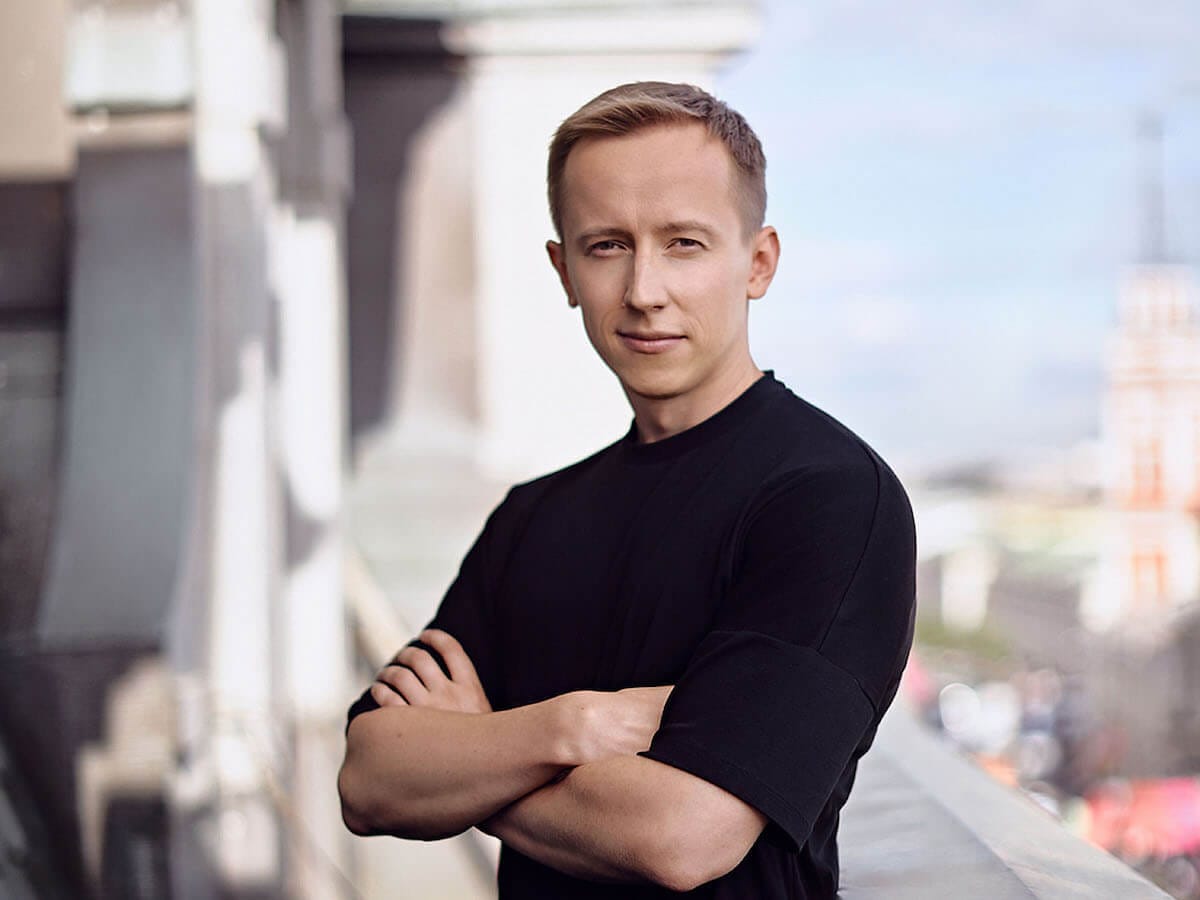
Andrey Rogozov is a person who knows how to create products for millions, and his involvement in The Open Network (TON) has greatly strengthened the ecosystem. Since January 2022, he has held a key role at the TON Foundation, responsible for product development. Prior to this, Andrey led one of the most popular social networks in Eastern Europe, VKontakte (VK), where he went from developer to CEO.
Beginning his career under Pavel Durov’s guidance in 2007, Rogozov gained invaluable experience in managing and creating products for mass audiences. He successfully transferred this expertise to the blockchain industry, focusing on how to scale solutions and make them accessible to everyone.
Upon joining the TON Foundation, Andrey launched FS Labs, which became the driving force behind the TON ecosystem. Under his leadership, numerous projects emerged, and later, the company was rebranded as The Open Platform (TOP).
Andrey Rogozov sees the TON blockchain as more than just a technology; it’s a foundation for creating user-friendly and scalable products accessible to all. His goal is to make TON the heart of the Telegram ecosystem, supporting decentralized applications and expanding user opportunities globally.
Tolia Enot (Anatoly Makosov)
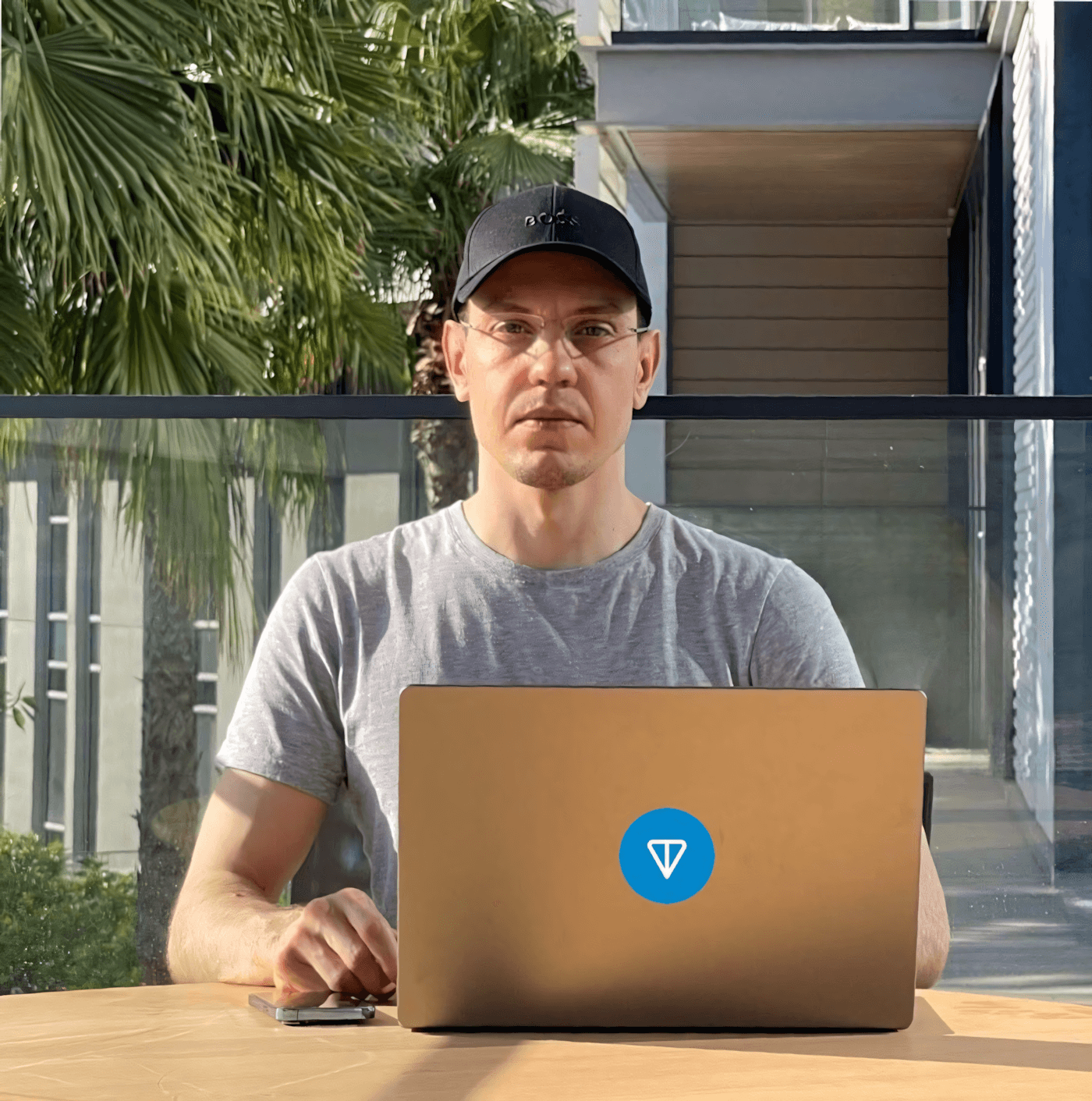
Tolia Enot isn’t just a skilled developer; he’s one of the driving forces propelling The Open Network (TON) forward. His journey in TON began with programming contests organized by Telegram, where he consistently won top prizes. It was here that he met Kirill Yemelyanenko, and together they decided to create the TON Foundation after Telegram stepped away from the project in 2020.
Today, his team is the core force behind TON, working on everything from nodes and compilers to core smart contracts and infrastructure such as bridges. Security? Stability? All under control. They even pioneered fixed smart contracts and cross-chain integrations because, why not? The reliability is assured by top auditors like CertiK and Trail of Bits - trusted names in the industry.
The main thing is that Tolia and his team make TON truly open. The blockchain is accessible to everyone, with all code available on GitHub under an open license. Want to change the world? Dive into the code - TON is open and waiting for you.
Andrey Grachev
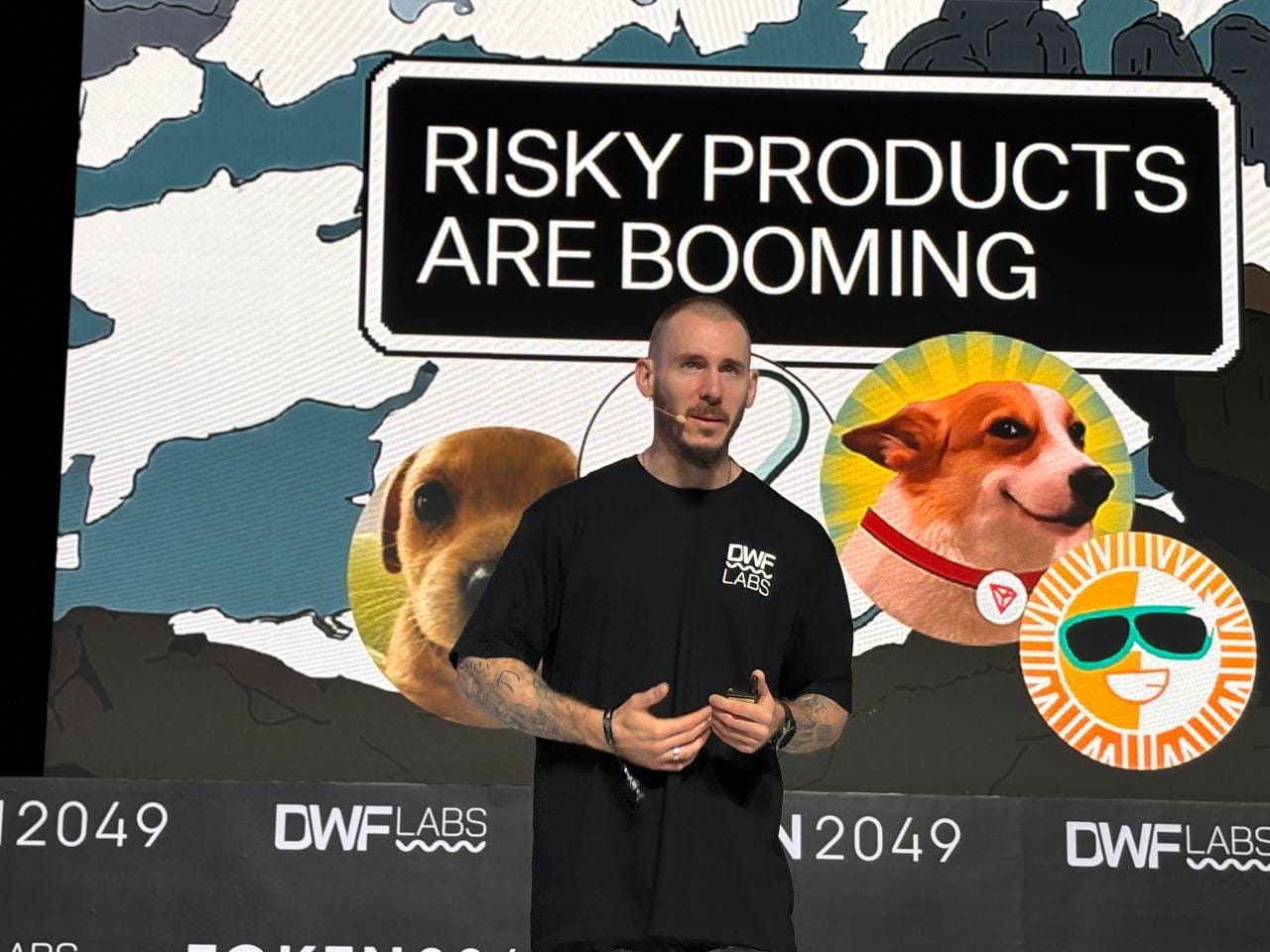
Andrey Grachev isn’t a minor player in The Open Network (TON) scene. His primary goal is to ensure that TON doesn’t remain a novelty for crypto enthusiasts but becomes something everyone uses without realizing it’s blockchain.
In an interview, Grachev made it clear: TON should be useful not only for decentralization advocates but for regular people as well. His focus is on security and user-friendliness. Financial applications? Absolutely. Communication services? Naturally. Grachev believes TON will be the blockchain that radically transforms everyday life.
His ambitions are vast: TON should be a platform for everything, from financial services to decentralized messengers and VPNs. It’s not just a blockchain - it’s the future of a digital world where your data and money are completely secure.
Andrey knows that technology alone won’t achieve this; people are needed. He is doing everything to engage developers and users actively in TON’s development. In his view, no technology will succeed without a strong community.
Kirill Yemelyanenko
Kirill Yemelyanenko isn’t just a coder; he codes with a scientific approach backed by a Ph.D. in physics and mathematics and numerous victories in programming competitions organized by Telegram. His expertise includes blockchain technologies and experience from the early days of decentralized networks, making him one of the key figures in the TON ecosystem.
Kirill’s shining moment came during the 2019 TON Blockchain Contests, where he met Anatoly, and together, they not only claimed first places but also realized they could move mountains in the blockchain world. These contests marked a turning point, showing that blockchain’s future lies beyond exchanges and liquidity pools in blockchain aggregation.
After this success, Kirill and Anatoly started working on Orion Protocol - a project that shook the market by aggregating DEX and CEX. But this was only the beginning. Recognizing TON’s potential, they decided to fully commit to the project. Their ideas in blockchain aggregation not only improved TON but also elevated it to a new level in decentralized technologies.
Today, Kirill is one of those shaping the future of the TON ecosystem, paving the way for new achievements and proving that blockchain is more than just crypto exchange.
Andrey Pfau
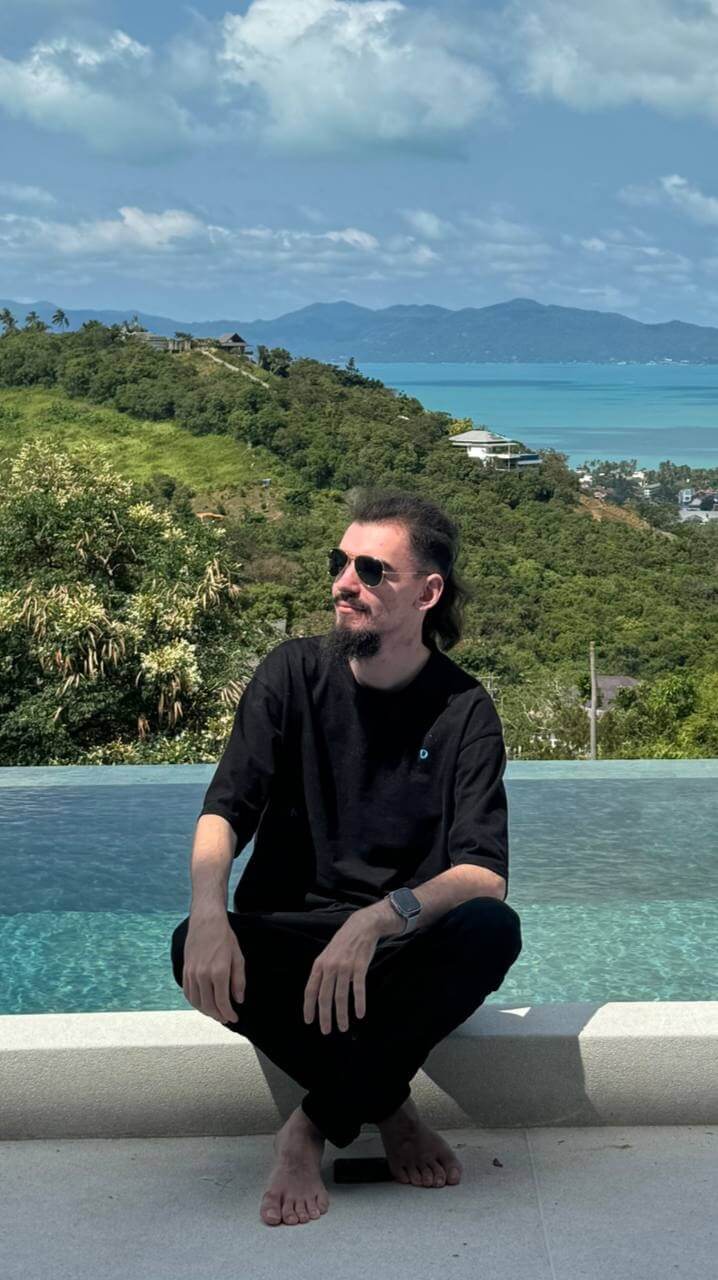
Andrey Pfau is one of the key developers at the TON Foundation, specializing in building tools for developers to interact with the TON blockchain. In an interview, he shared that he started programming at age 10, creating Minecraft servers to enhance the gaming experience for his users. This early experience with Java eventually led him to delve deeply into programming.
Andrey mentioned that a pivotal project in his career was a VPN initiative at "Onguard." There, he worked on the backend, which gave him an understanding of privacy and secure data transmission infrastructure. His Java expertise also proved useful in various projects, including TON Proxy.
For Andrey, TON is more than just a cryptocurrency; it’s an innovative technology with applications beyond the blockchain. He is actively developing an SDK to interact with TON, which includes several modules that assist developers in creating applications that harness the power of decentralized technologies.
Andrey’s interest in TON lies in its unique technological capabilities, like the P2P protocol for data transfer without centralized certificates.
Vladimir Lebedev
Vladimir Lebedev is an information security specialist with extensive experience in computer security and cryptography. His education and professional background have made him one of the promising engineers in the TON blockchain ecosystem.
After earning a degree in "Computer Security" from the National Research Tomsk State University, Vladimir focused on mathematical disciplines, cryptography, and computer science. His deep knowledge in areas like crypto-primitives, cryptographic protocols, reverse engineering, and web application security led him to a crucial role in the TON Tech team.
Since March 2024, Vladimir has been a blockchain engineer at TON Tech, where he works on researching and rewriting light nodes in Rust to enhance performance and scalability. He also conducts security audits of smart contracts, significantly contributing to the security and stability of the TON ecosystem.
Moreover, Vladimir has been actively participating in CTF (Capture the Flag) competitions since 2015 and maintains a personal channel on Telegram where he shares his knowledge in cybersecurity. His passion for improvement and community building through hack spaces demonstrates his deep commitment to advancing decentralized technologies.
Conclusion
The Open Network (TON) is not just another blockchain; it’s a project driven by people who are reshaping the rules. Thanks to visionaries like Andrey Rogozov, Nikolai Durov, Steve Hyun, and others, TON has grown from an idea into a thriving ecosystem that not only embraces innovation but offers real opportunities for developers and users.
Each of these individuals brought something unique to TON: some contributed engineering brilliance, others project management expertise, and others still infrastructure solutions without which the ecosystem wouldn’t operate so smoothly. Their efforts have positioned TON confidently among the leaders of the blockchain industry, remaining true to its core principles of decentralization and scalability.
And most importantly, TON isn’t standing still. Everything they do is geared toward one goal: for everyone to use the blockchain easily and securely. This is not just a project for crypto enthusiasts - it’s a platform that aspires to become part of everyday life for millions. If they continue on this path, the future of TON won’t just be bright - it will be a true breakthrough in the blockchain world.

